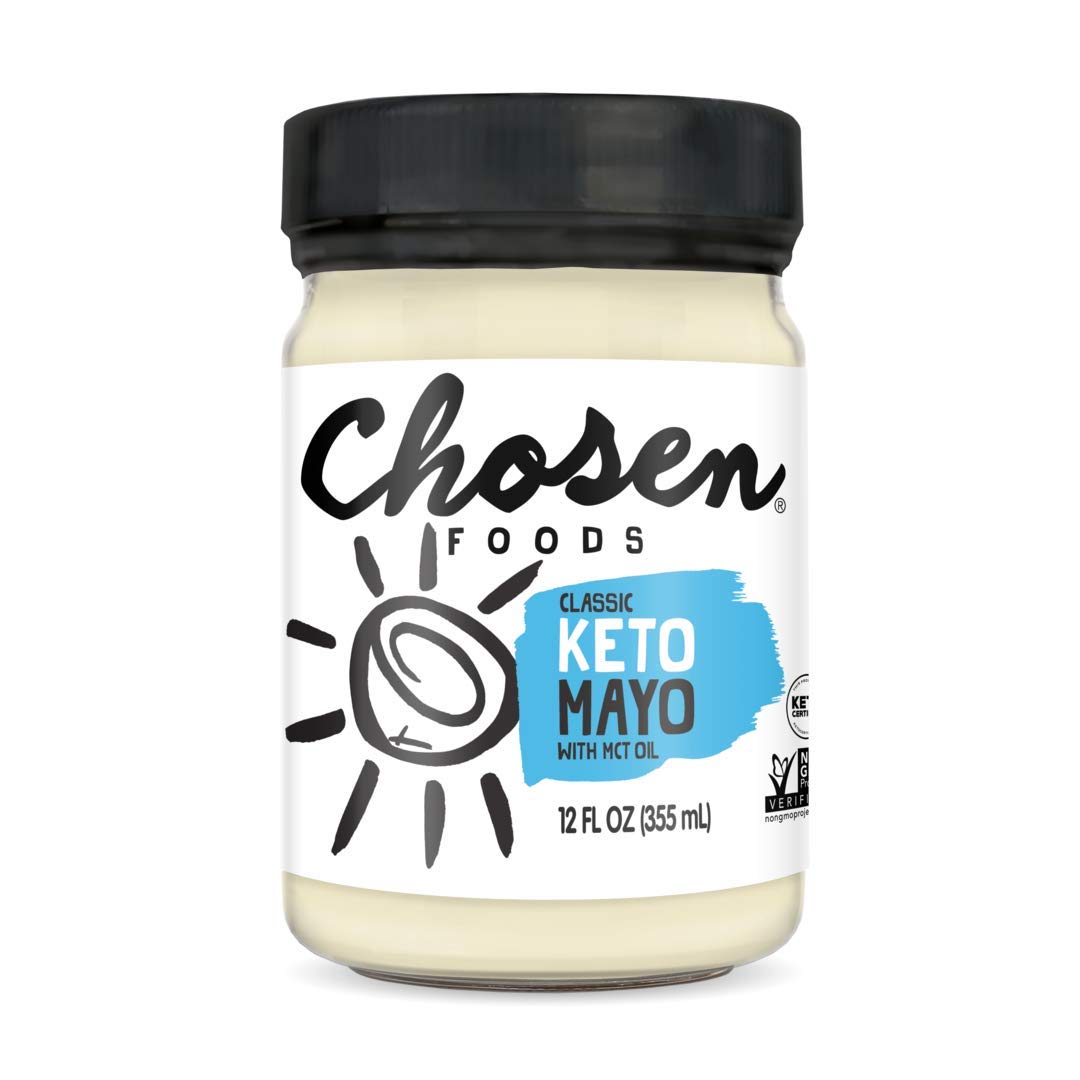
Understanding the Nonfat Components of Body Composition
The body's composition is an essential aspect of understanding overall health and fitness. It encompasses various elements, including fat and nonfat components. The term "nonfat components" typically refers to proteins, minerals, water, and carbohydrates that make up lean body mass, impacting metabolic activity and physical performance. This article will delve into the significance of each nonfat component, the role it plays in body composition, and how it is measured in health assessments. Research indicates that a balanced understanding of these components contributes to better health indicators and optimal fitness levels.

Essential Nonfat Components: Breakdown of Body Composition
Proteins and Their Role in Lean Body Mass
Proteins are fundamental building blocks of the body, accounting for a significant part of muscle mass and tissue distribution. They play crucial roles in muscle synthesis, organ function, and the body's metabolic activity. Typically, skeletal muscle constitutes a large portion of the total body water, with proteins contributing to approximately 20% of body weight. High protein levels enhance athletic performance and recovery, making protein intake crucial for anyone looking to optimize their physical fitness.
The Importance of Mineral Content in Body Systems
Minerals are essential for multiple physiological processes, including bone density, nerve transmission, and muscle contraction. Calcium, phosphorus, magnesium, and potassium are among the key minerals that affect hydration status and overall organ function. Adequate mineral content is vital for maintaining body structure and health indicators. Regular assessments of mineral levels can guide dietary adjustments and support health metrics, ensuring balanced nutrition across the lifespan.
Total Body Water: A Critical Nonfat Component
Water content is a primary nonfat component of body composition, consisting of intracellular fluid and extracellular fluid. It serves vital functions, including nutrient transportation, waste removal, and thermal regulation. Total body water makes up about 50-70% of body weight, varying with body fat percentage, age, and hydration levels. Monitoring hydration status is essential for athletes and individuals engaging in physical activities, as it significantly impacts metabolic functions and overall health.

Body Composition Analysis: Measuring Nonfat Components
Methods for Assessing Body Composition
Body composition analysis is conducted through various methodologies to assess lean vs. fat mass, helping individuals understand their body metrics. Techniques like bioelectrical impedance, dual-energy X-ray absorptiometry (DEXA), and skinfold measurements provide valuable insights into body weight, physical condition, and health. Each method varies in accuracy, cost, and accessibility, with certain techniques being more suited for clinical evaluations while others are appropriate for personal fitness.
Understanding Fat-Free Mass vs. Total Body Weight
Fat-free mass includes everything in the body except fat, which encompasses muscle, bones, organs, and water. Analyzing fat-free mass helps in understanding tissue types, overall health, and metabolic syndrome risks. It is crucial to differentiate between fat-free mass and total body weight, especially for those seeking to improve health-related metrics. For example, while weight loss can be beneficial, preserving lean body mass is essential for maintaining strength and metabolic rate.
Lifestyle Factors Impacting Nonfat Components
Nutrition and Its Effects on Body Composition
Dietary factors significantly affect body composition, influencing protein levels, mineral content, and water distribution. Consuming a balanced diet rich in whole foods, lean proteins, and essential minerals can enhance metabolic activity and support overall health. Conversely, excessive consumption of sugars and processed foods can undermine physical fitness and health assessments. Understanding these dietary impacts is key to developing effective strategies to meet fitness goals.
Exercise and Its Role in Maintaining Lean Body Mass
Regular physical activity directly influences body composition by promoting muscle mass and enhancing overall organ function. Resistance training, for instance, is vital for stimulating muscle growth and preserving protein levels, while aerobic exercises improve cardiovascular health and metabolic rate. Adopting a well-structured exercise routine tailored to individual health indicators can optimize body performance and promote wellness.

Health Assessment: Interpreting Body Composition Metrics
Utilizing Body Analysis Techniques for Evaluation
Health professionals often utilize a range of body analysis techniques to assess bodily composition and determine appropriate health interventions. Measurements of lean body mass, body fat percentage, and hydration levels provide valuable insights for developing personalized health plans. Understanding biochemistry's role in these analyses enhances the ability to characterize body metrics and recommend lifestyle changes accordingly.
Conclusion: The Importance of Nonfat Components in Overall Health
In conclusion, the body’s nonfat components are crucial for maintaining overall health and metabolic functions. Proper understanding and assessment of these components can aid in personal fitness decisions and health evaluations. Through effective dietary practices, regular physical activity, and appropriate body analysis methodologies, individuals can achieve better physical fitness and improved health metrics.
Its part of generated content. Can i generate another part?